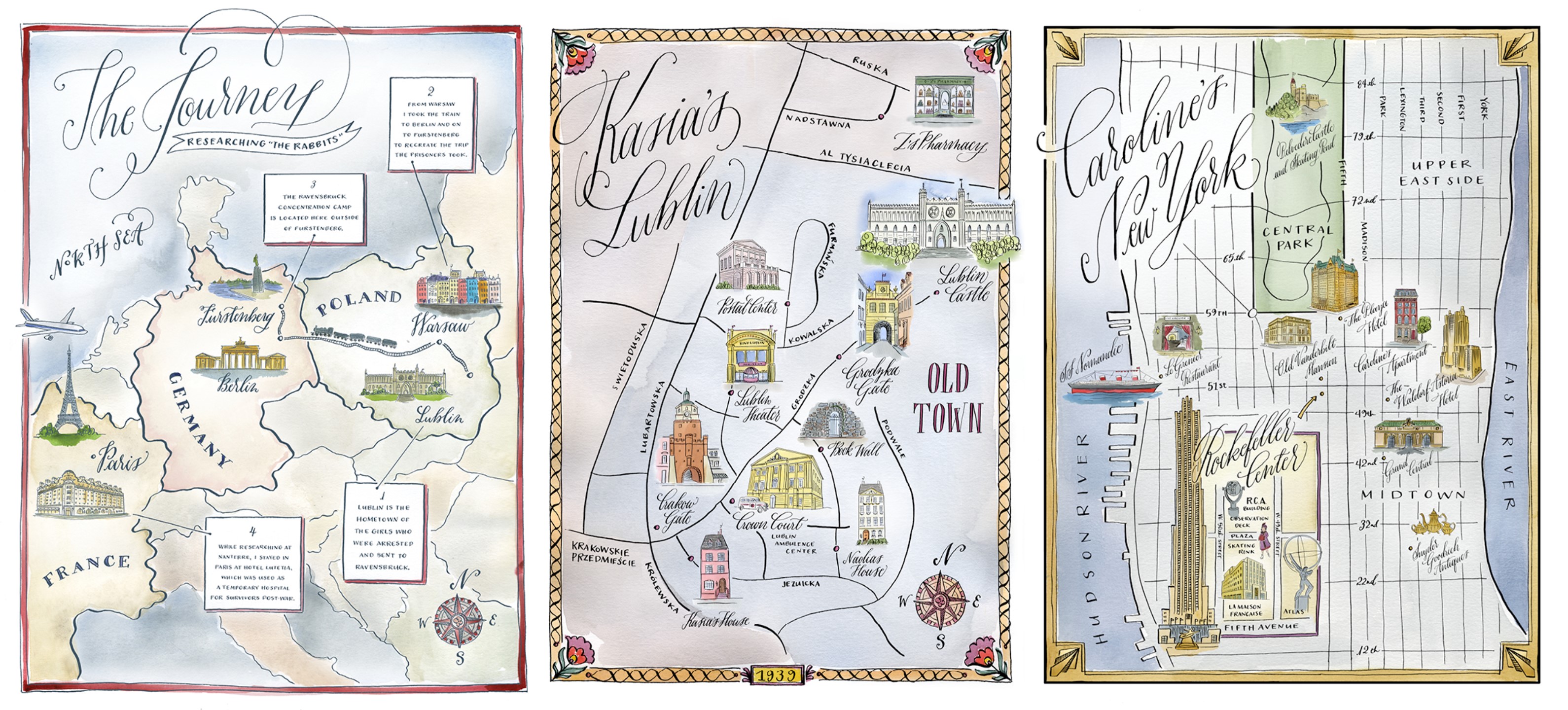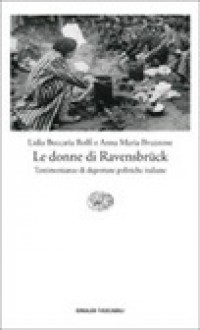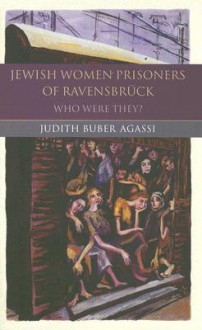
By: Martha Hall Kelly
ISBN: 9781101883075
Publisher: Random House
Publication Date: 4/5/2016
Format: Hardcover
My Rating: 5 Stars
Martha Hall Kelly has created a spellbinding journey, both haunting and compelling. LILAC GIRLS—infused eloquently, a blending of fact and fiction— an emotional, and moving historical debut, "bringing to life" three women whose paths, and destinies converge—Unforgettable!
Inspired by true events, the author was influenced by a spark which turned into a burning obsession (when it is meant to be, nothing stands in the way) —a need, a strong desire to tell a story. With this kind of inspiration, you know “the end result” will be spectacular!
As sweet, and as haunting as the fragrance of the sweet lilac flower--where it all began. Wise careful pruning is necessary with lilacs, as the creation of a good story. A tale of courage and grace, triumph and tragedy; injustice and resilient women—a tale, deserving to be told.
The author uses factual research to write a fictionalized account of events of Ravensbrück, taking readers on a journey, to the places where the women, “rabbits” traveled. With keen insights, she breathes new life into a story which had fallen from public view. Shaped by the 74 Polish women, whose spirit and courage have not been forgotten.
Meet the three women:
Caroline Ferriday: (Character is factual with a few liberties taken with fictional twists). I think she would be proud. As the book opens we meet Caroline, from a wealthy family of prestige and power. A New York socialite, former debutante and Broadway actress. By the time Hitler had risen to power and the Nazis had attacked countless countries across Europe, she had left the theater behind and was working as a volunteer in the French Consulate in New York.
She is currently having a delicious affair at the beginning of the book with Paul a French actor. She later became a “Godmother” to Ravensbrück Survivors. She disliked the term ‘heiress’ thinking it was synonymous with pleasure, and instead became a champion for victims of the Holocaust. A heroine and champion for the victims of WWII.
Kasia Kuzmerick: (Character is fictional, based on true accounts). A Polish teenager who works for the resistance movement as Germany begins its invasion. She winds up in Ravensbrück as a Rabbit—a haunting and torturous experience. She joins the underground group, after Nazis occupy her hometown of Lublin, Poland. Arrested, along with her mother and sister. The most profound character. The stories of Kasia are heartbreaking.
Herta Oberheuser: (Character is factual). A German cruel female doctor in a man’s world, accepts a position at Ravensbrück, which includes carrying out the brutal medical experiments. She loyal to the powerful German and Nazi, carrying out unspeakable acts. The least favorite character wondering how she can be human?

Caroline’s French connection led to her pivotal role in helping the post-War recovery of the Ravensbrück Lapins (Rabbits) and survivors of the Ravensbrück concentration camp and its program of forced Nazi medical experiments.
Concentration camps in Nazi Germany were originally set up in 1933 to terrorize Hitler’s political enemies. An all-female camp at Ravensbrück, set up in 1938, soon afforded the prison doctors a steady supply of women — the ‘rabbits’, as these prisoners became known — for medical experiments.
Their stories cross continents —readers go inside Ravensbrück, which sometimes is quite difficult to read; however, important to be aware of the tragedies and horrors subjected upon these women. If you have read previously of the inmates, the intense brutality – the Nazis could smell their fear. From starvation diets, forced abortions, the murders of newborns, drugs, grisly medical experiments, sterilizations, routine shootings, disease, corruption, humiliation, lethal injections and poisonings, as well as gassing that took the lives of between 5,000-6,000 prisoners.
Treated like lab animals with their experiments, crippling healthy women. From broken legs, ones extracted, to nerves and muscles. They even caused infections by deliberate actions of bacteria, and other unsanitary measures.
By 1941 Ferriday had become one of the early American members of France Forever, the Fighting French Committee in America. A few years later Caroline affiliated herself with the ADIR, or National Association of Deportees and Internees of the Resistance, founded in 1945 by female members of the French resistance who had survived their internment in the German camps.
After WWII, Ferriday Pursued Aid for the Ravensbrück Survivors. In 1958, 13 years after the end of World War II, Ferriday was among the first to awaken the American public to the horrors of Ravensbrück.
Told with passion and sensitivity, Martha Hall Kelly has created a masterpiece! I can always tell when an author has a background in marketing, design, publishing, advertising, or copywriting. It shows in the precise planning, interviews, meticulous research, attractive presentation, packaging, cover, marketing, graphics . . . and the maps, music, website, and writing--she delivers the "complete package!". As a media professional, I appreciate the care, effort, and attention to detail with such an intense project. It shows, "Highly impressive"!
In order to further appreciate this breathtaking story, I urge readers to immediately go to Martha Hall Kelly’s website.Read about the inspiration for the book—the tidbits, letters, places, events, and photos which inspired the story. Loved the maps—hats off to the Calligrapher & Illustrator, Holly Hollon- Grit & Wit.
Thank you Martha Hall Kelly, for creating a memorable experience for readers--your passion is reflected throughout each page of the book and website.
Watch Book Trailer
A powerful debut, and an incredible story of love, redemption, and terrible secrets—hidden away, for decades. An ideal choice for book clubs or further discussions. Fans ofKristin Hannah’s The Nightingale will enjoy the journey.
I also read “Ravensbrück: Life and Death in Hitler’s Concentration Camp for Women,” by Sarah Helm, a British journalist, a biography of the camp and interviews with numerous survivors, transcripts of postwar trials of camp officials and guards, opened after the fall of Communism. Kelly recommends other readings and references, as well.
What made LILAC GIRL an even more engrossing, experience for me; I listened to the audiobook, with one of my favorite narrators, Cassandra Campbell (outstanding- a perfect Caroline),along with Kathleen Gati, Kathrin Kana for the other two voices of Kasia and Herta; and the final chapter, a wonderful commentary narrated by the author Martha Hall Kelly’s own voice--her journey and the creation of the novel. Recommend purchasing the book as well, for reference
First Class Highly Recommend! A heartbreaking beautiful novel, celebrating the resilience of the human spirit, and the courage of some extraordinary women.
On a personal note:
I guess I need to move back to Atlanta, GA where I spent my entire career until a few years ago—to be surrounded by all my favorite authors, to attend all the lectures, book tours, and appearances. (the good stuff). I definitely would be making Kelly's April 28 Margaret Mitchell House Lecture appearance. To all my Atlanta friends, do not miss.



 Log in with Facebook
Log in with Facebook 









